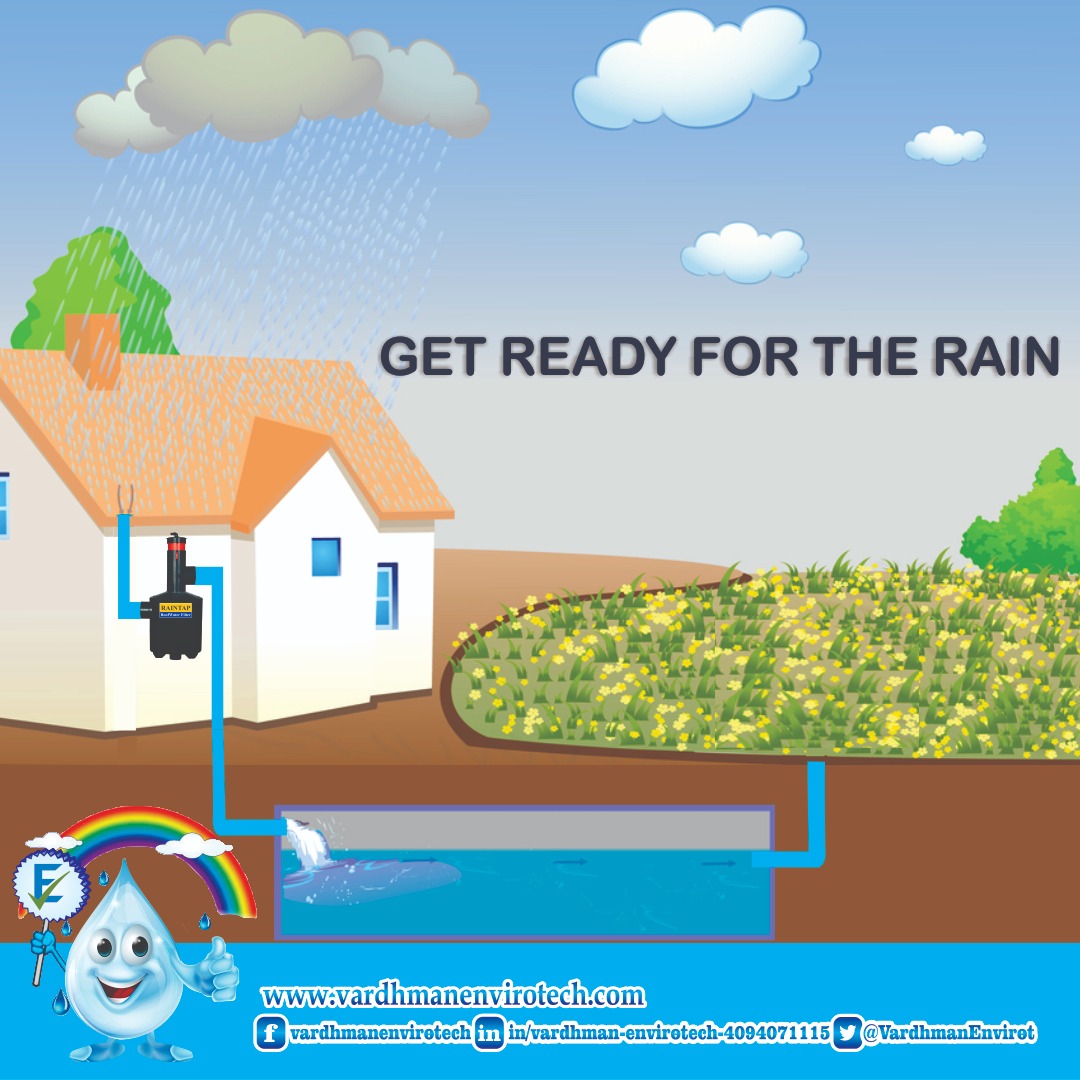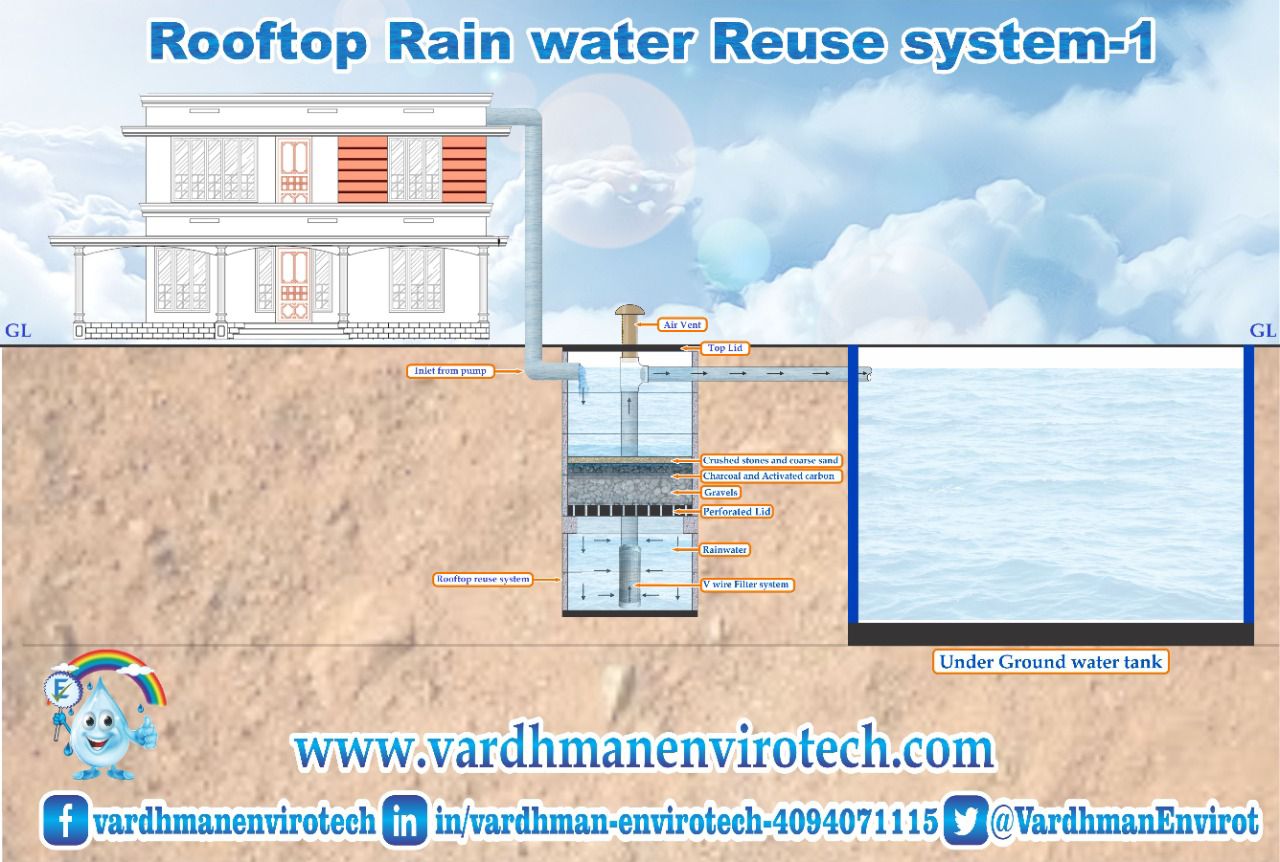Tamil Nadu has been a trendsetter in rain water harvesting, making it mandatory for all buildings as far back as 2003.
Today, according to the State government website, out of the 23.92 lakh buildings in town Panchayats (government, residential, commercial and industrial), 22.94 lakh have rainwater harvesting facilities.
Tank desilting drive
In 2016, Tamil Nadu witnessed the worst drought in the last 140 years. “This was unheard of in the history of Tamil Nadu,” says Korlapati Satyagopal, Commissioner of Revenue Administration, Tamil Nadu. The drought triggered a series of measures to prevent such a crisis.
Satyagopal’s role was to restore the water bodies. Last year, district collectors were directed to analyse historical data to identify blocks and villages that face drinking water crisis in the event of rainfall deficit. Water bodies and supply channels were cleaned. Small check dams were set up to store water near streams and borewells with drinking water. Defunct borewells were converted into water recharging ones through rainwater harvesting.

In April 2017, the Industries Department announced a plan to de-silt tanks and reservoirs across the State. “This announcement will be a game changer for Tamil Nadu,” says Satyagopal. That month, the Public Works Department observed that storage in tanks and reservoirs was only 10 per cent of their original capacity and the water holding capacity had diminished by about 20 per cent on an average, due to silting over the years.
In 2017, about six crore cubic metres of silt were removed from nearly 43,000 tanks. And work is going on in another 24,000 tanks this year. Storage of 2 TMC of water in each tank is created with de-silting of an average depth of 2.5 feet. Desilting has helped flood-prone regions such as Cuddalore and Nagapattinam cope better, Satyagopal says.

Bengaluru scenario
S Vishwanath, a well-known crusader for rainwater harvesting in Bengaluru, also known as Zenrainman, says it is estimated that just 4-8 per cent of the city’s nearly 3,000 MLD (million litres per day) rainfall spread over 1,250 sq km reaches the acquifer. “This can be increased through recharge wells and by improving the storage capacity of lakes,” he adds.
Principal Investigator of Karnataka State Council for Science and Technology, AR Shivakumar, recently told The Hindu that there are 20 lakh properties as per the city tax records, of which less than a lakh have RWH. Rainwater harvesting structures were made mandatory in Bengaluru in 2009. According to the NITI Aayog’s water report, most States have a framework in place for rainwater harvesting in private and public buildings. The ones that don’t are Odisha and Meghalaya. No data is available for Haryana, Uttarakhand, J&K and some of the north-eastern States.
Vardhman Envirotech
India’s Passionate rainwater company
This article is published on: https://www.thehindubusinessline.com/specials/india-file/tamil-nadu-leads-in-rainwater-harvesting/article24436406.ece
Would like to spread this for the benefit of fellow Indians.
